
Defensive Driving: Predict It Before It Happens
Defensive driving aims at reducing accidents on road by anticipating actions of others and reacting accordingly How often do we see drivers speeding
Defensive driving aims at reducing accidents on road by anticipating actions of others and reacting accordingly
How often do we see drivers speeding aggressively or changing lanes without glancing behind them? And how many times are you taken by surprise when the person in front suddenly turned without signalling?
Not only do such drivers risk their lives but also those of fellow motorists. We cannot control actions of such people. The onus is on us to update our defensive driving skills to avoid the dangers caused by others’ poor driving.
Defensive driving can be defined as ”driving to save lives, time, and money, in spite of the conditions around you and the actions of others.” It aims at reducing the risk of accidents by anticipating dangerous situations caused by mistakes of others. This can be achieved by practicing several general and specific driving techniques.
Following defensive driving tips can help reduce your risk behind the wheel
Think safety first
Safety has to be the first priority. By controling our aggression and staying attentive, we can put ourselves in a stronger position to deal with others’ poor driving. Leave plenty of space between you and the car in front. Never forget to wear seatbelt while driving. Failure to do so may result in you being thrown to one side of the car - depending upon the side of impact.
Pay attention to surroundings
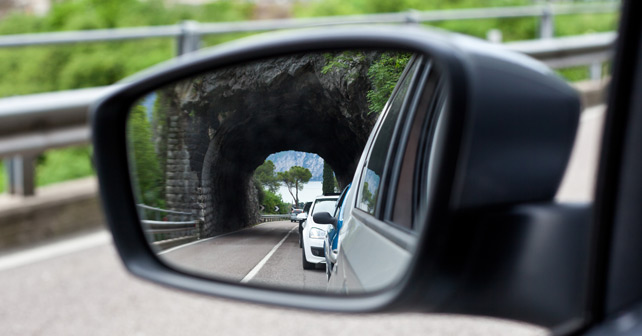
Be aware of your surroundings and take protective action, if required. If someone is driving aggressively, slow down and pull over to the side of the road. Alternatively, try to get off the roadway by taking the next exit if it is safe to do so. Also, keep an eye on pedestrians and bicycle riders on road.
Do not depend on other drivers
As mentioned previously, we cannot control others’ actions. Instead of assuming the best case scenarios like other drivers moving out of the way or allowing you to merge into their lane, anticipate them to break traffic. This will prepare you to take requisite action.
Have an escape route
The best way to avoid potential dangers is to position your vehicle in such a way you have the best chance of seeing and being seen. Having an escape route is essential, so take the position of other vehicles into consideration when determining an alternate path of travel. This will come handy when your immediate path of travel is suddenly blocked.
Follow 3-4 seconds rule
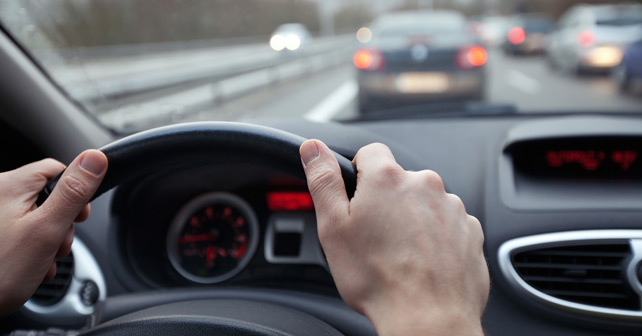
Following the 3-4 second rule will help you establish and maintain a safe following distance and provide adequate time to stop, if required. However, this rule applies only in normal conditions. When the roads are wet or visibility is low, it is advisable to maintain a bigger gap to the vehicle in front.
Keep your speed down
Keeping speed under limit is the simplest way of avoiding accidents. Always follow the speed limits and do not rush, no matter how late you are in reaching your destination. Vary your speed according to changing conditions, be it weather or traffic.
Cut out distraction
Remove any sort of distraction while driving to stay focused on the road. Do not fiddle with the music entertainment system at high speed and keep your mobile phone away. If you are travelling with your family/friends, make sure they do not distract you from driving.


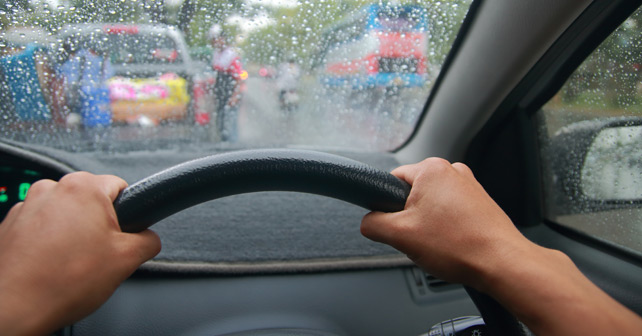
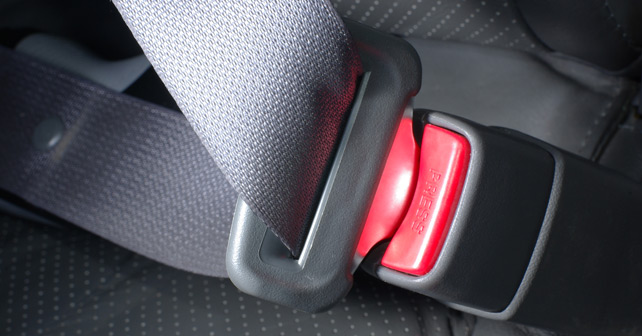
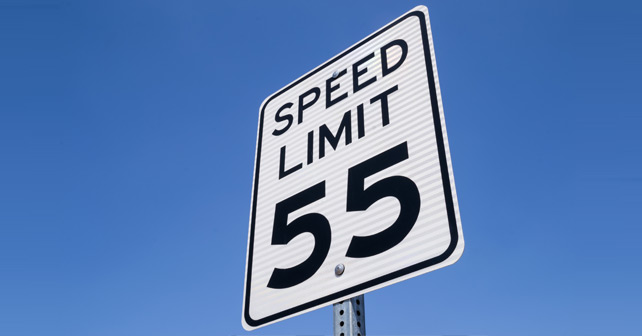


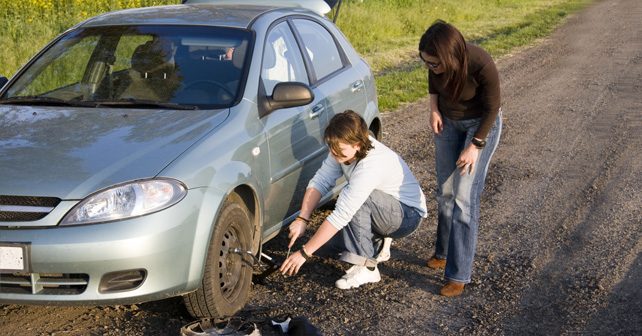
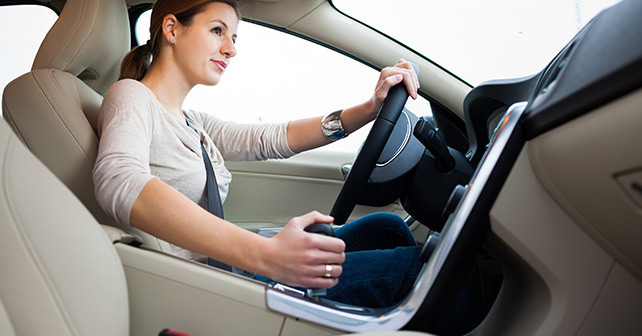

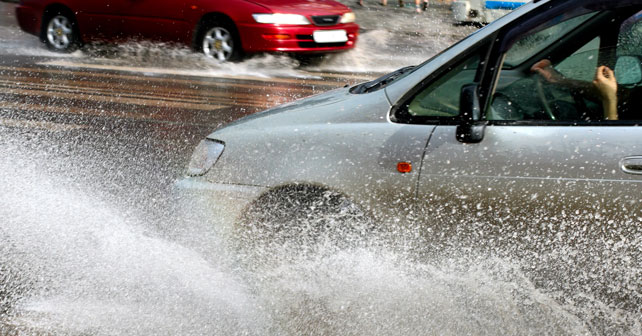



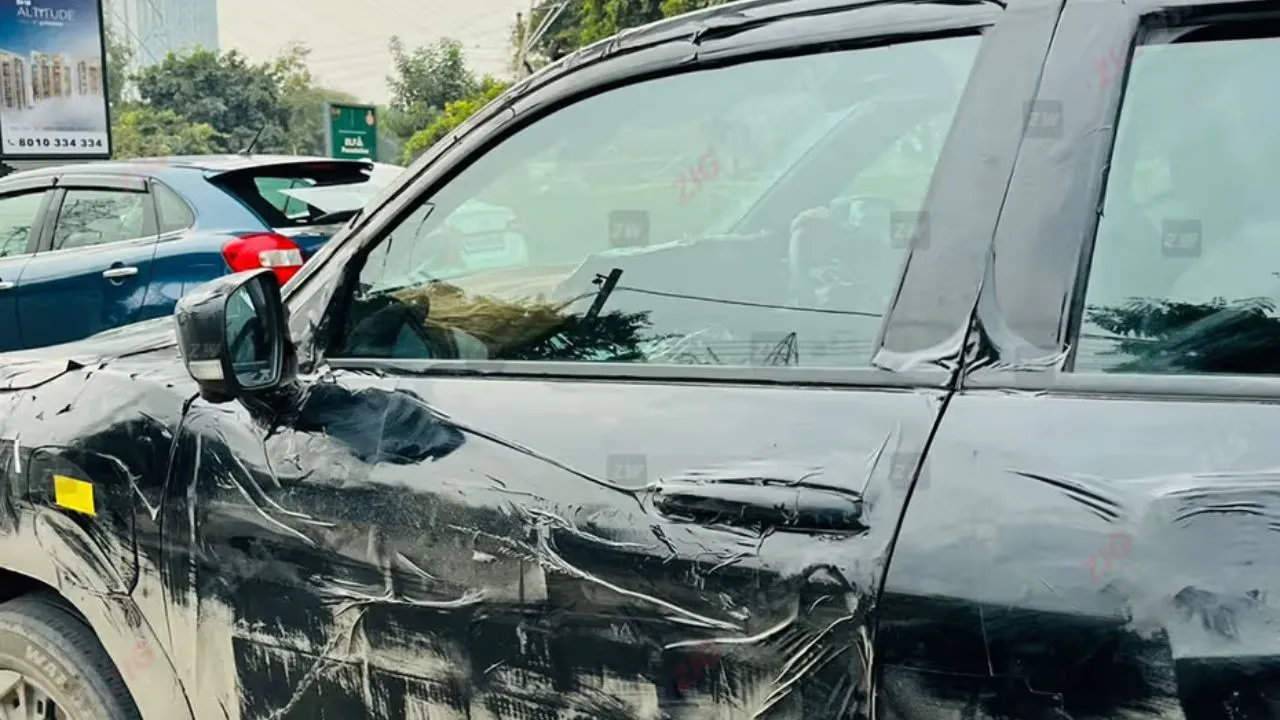


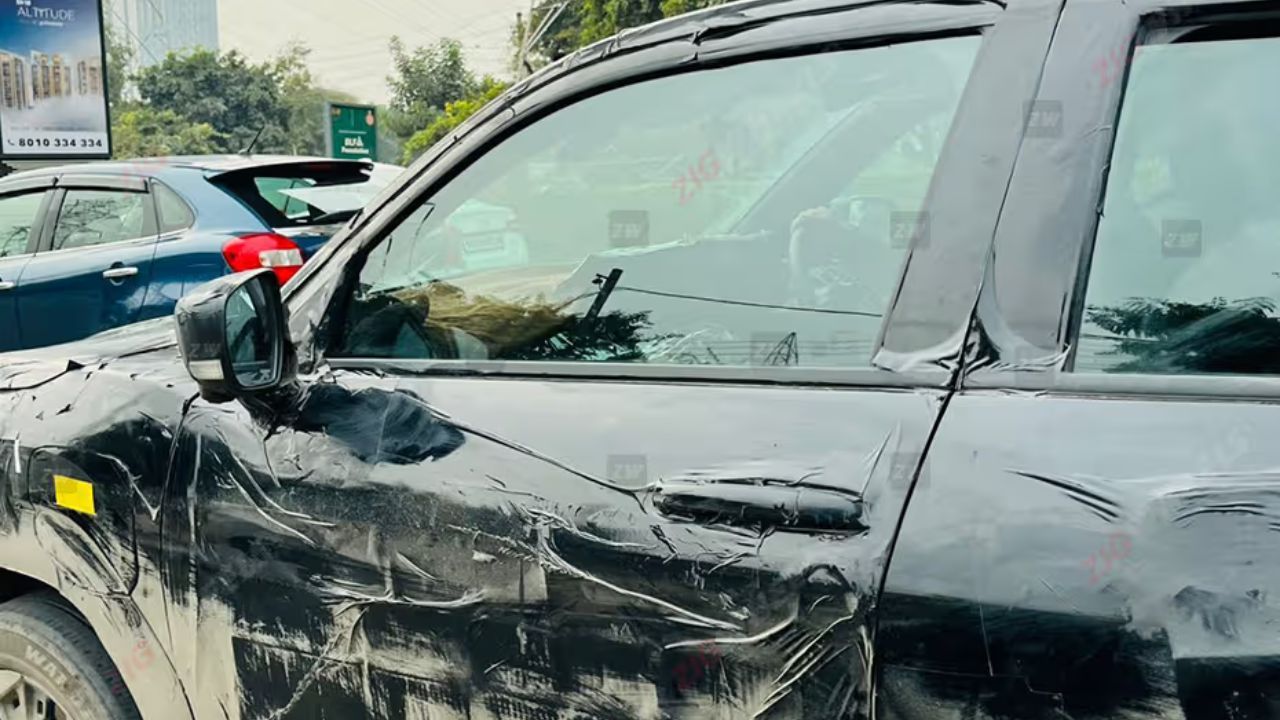

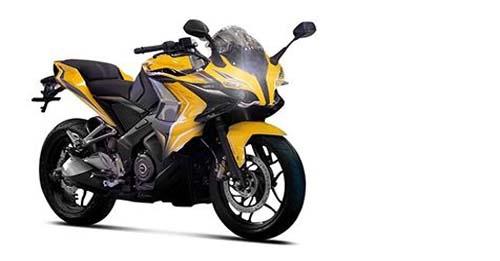
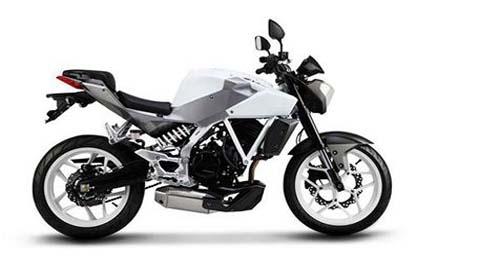

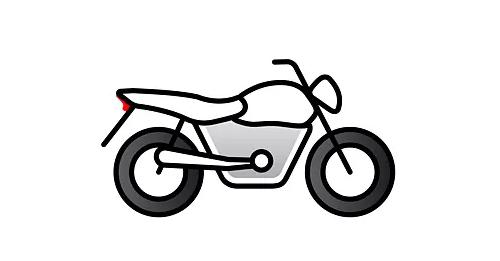









Write your Comment on